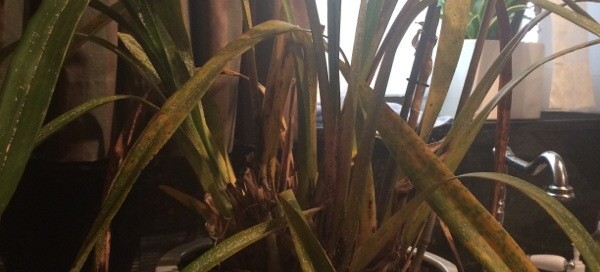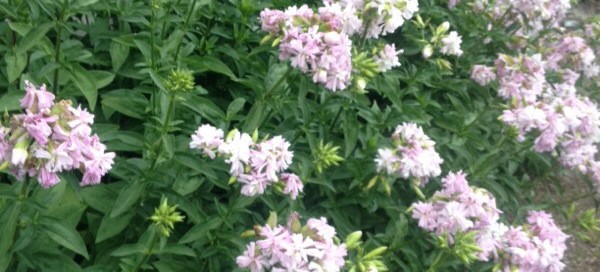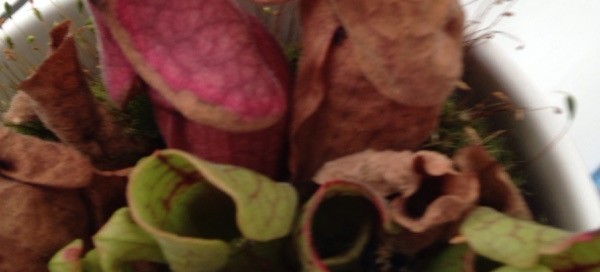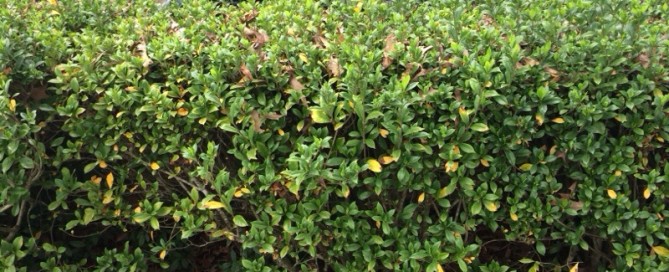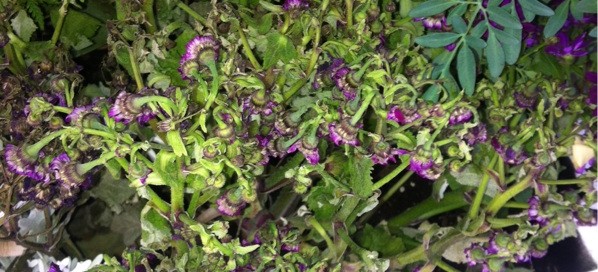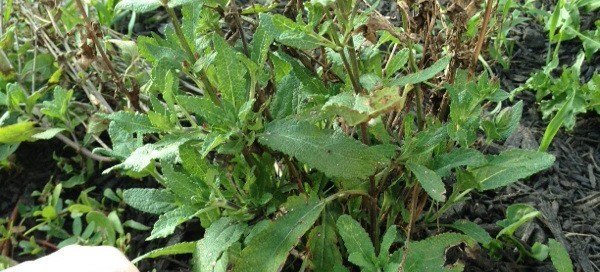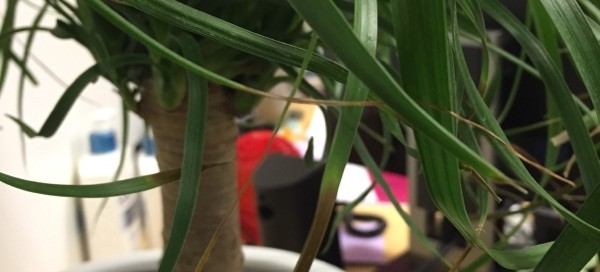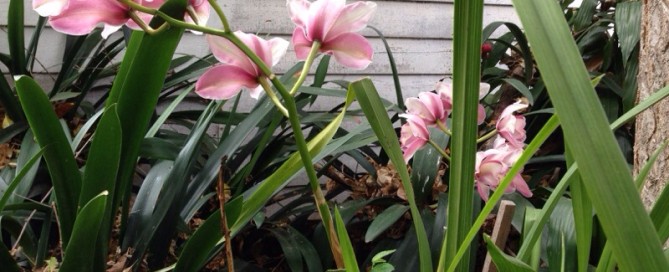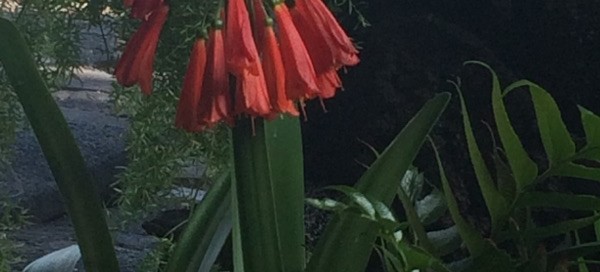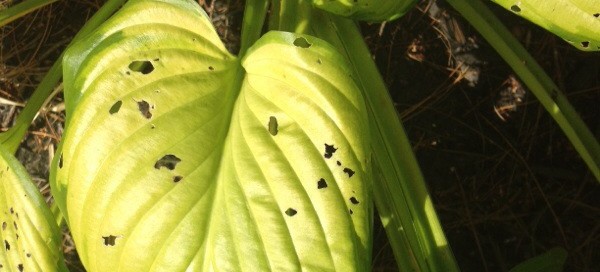Cymbidium Orchid
Your lovely flower is a Cymbidium orchid of which there are many, many species and cultivars. If you have ever attended an orchid show, you will be amazed at the array of Cymbidiums in all shapes, sizes, colors, etc. As a plant indoors, it needs bright indiirect light, regular water but make sure the water drains out - do not allow the plants to sit in water as this leads to root rot, and feed with a slow release fertilizer formulated for blooming container plants. After you have enjoyed the flowering spikes and the flowers are spent, it would be best to place outdoors in full sun or partial sun. When temperatures dip in winter, that will signal your cymbidium to form flowering spikes again, but does not tolerate frost.
